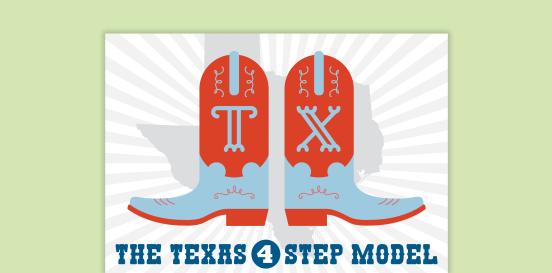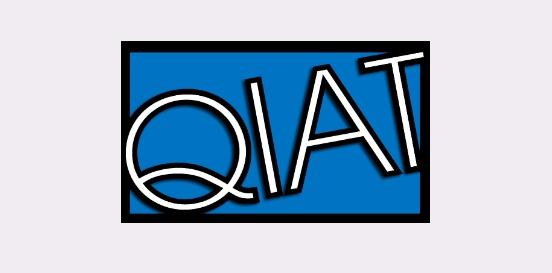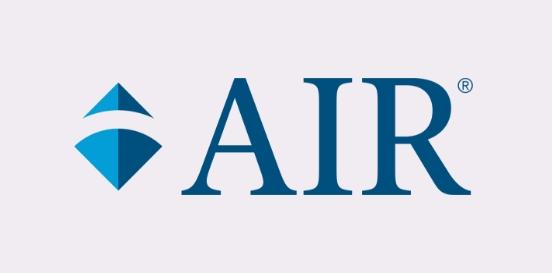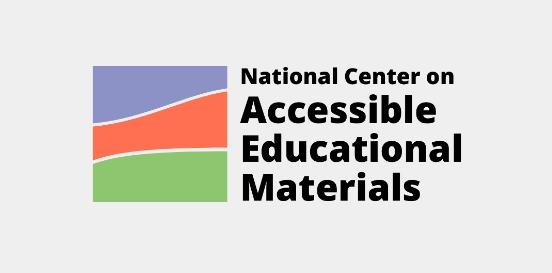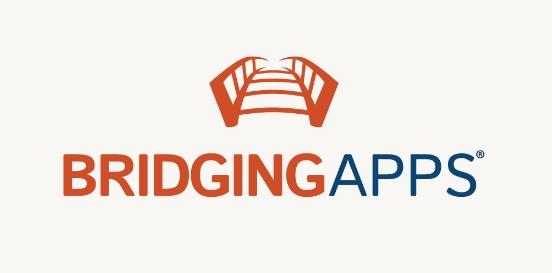Slant Board
Typically consists of a flat surface mounted on an adjustable stand that can be tilted at various angles to provide an inclined writing or reading surface, equipped with clips or anchors to secure materials like paper and books. They are available in various sizes and angles, with some offering adjustable features.
Considerations
Take the following considerations into account when selecting and implementing AT to ensure that the chosen tools are well-suited to the student’s needs, align with their goals, and seamlessly integrate into their educational journey. By embracing a collaborative approach and considering the specific skills, tasks, and implementation context, educators can provide students with the necessary support to thrive academically and functionally, promoting inclusivity and fostering their overall success.
Skills and Tasks What skills or tasks will the student utilize this tool for? What areas, functional or academic, does this tool support?
- Develop handwriting
- Complete writing assignments
- Develop pre-writing skills
- Support visual impairments
- Accessing writing/drawing surfaces
- Reading
- Print production
Implementation Context In what activities, classes, or environments will the student utilize this tool?
Designed to assist individuals, particularly those with physical disabilities, low vision, or sensory processing issues, in maintaining an optimal posture and positioning while reading, writing, reducing glare, or engaging in other classroom activities.
Here's how slant boards can help:
- Improves posture: Slant boards tilt reading materials upward which encourage users to sit up straighter and maintain a more ergonomic posture, reducing strain on the neck, shoulders, and back.
- Enhancing access to reading material: Slant boards provide a stable surface for positioning reading materials at an optimal angle for viewing. This can make it easier for low vision individuals to focus on text, diagrams, or other visual content without having to hold materials at uncomfortable angles or struggle with unstable surfaces, reducing eye strain and fatigue.
- Enhances handwriting and drawing skills: The slanted surface promotes proper wrist positioning and arm movement, making it easier for students to write, draw, or trace shapes with greater control and accuracy.
- Increases attention and focus: By providing a more comfortable and conducive workspace, slant boards can help students stay focused and engaged for longer periods, improving concentration and productivity.
- Assists with fine motor skills: For students with fine motor challenges, the angled surface can make it easier to manipulate writing utensils or other classroom materials, fostering independence and confidence.
- Reduces glare: By angling reading materials on a slant board, individuals can adjust the position to minimize glare from overhead lighting or natural sunlight. This can be particularly beneficial for individuals with light sensitivity or those who experience discomfort or visual distortion due to glare.


